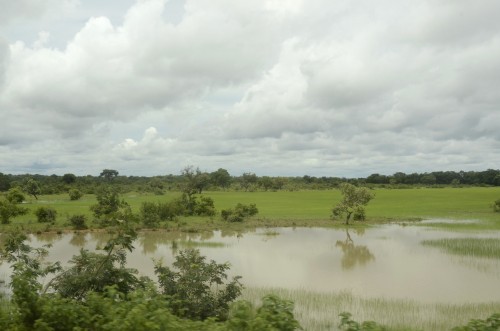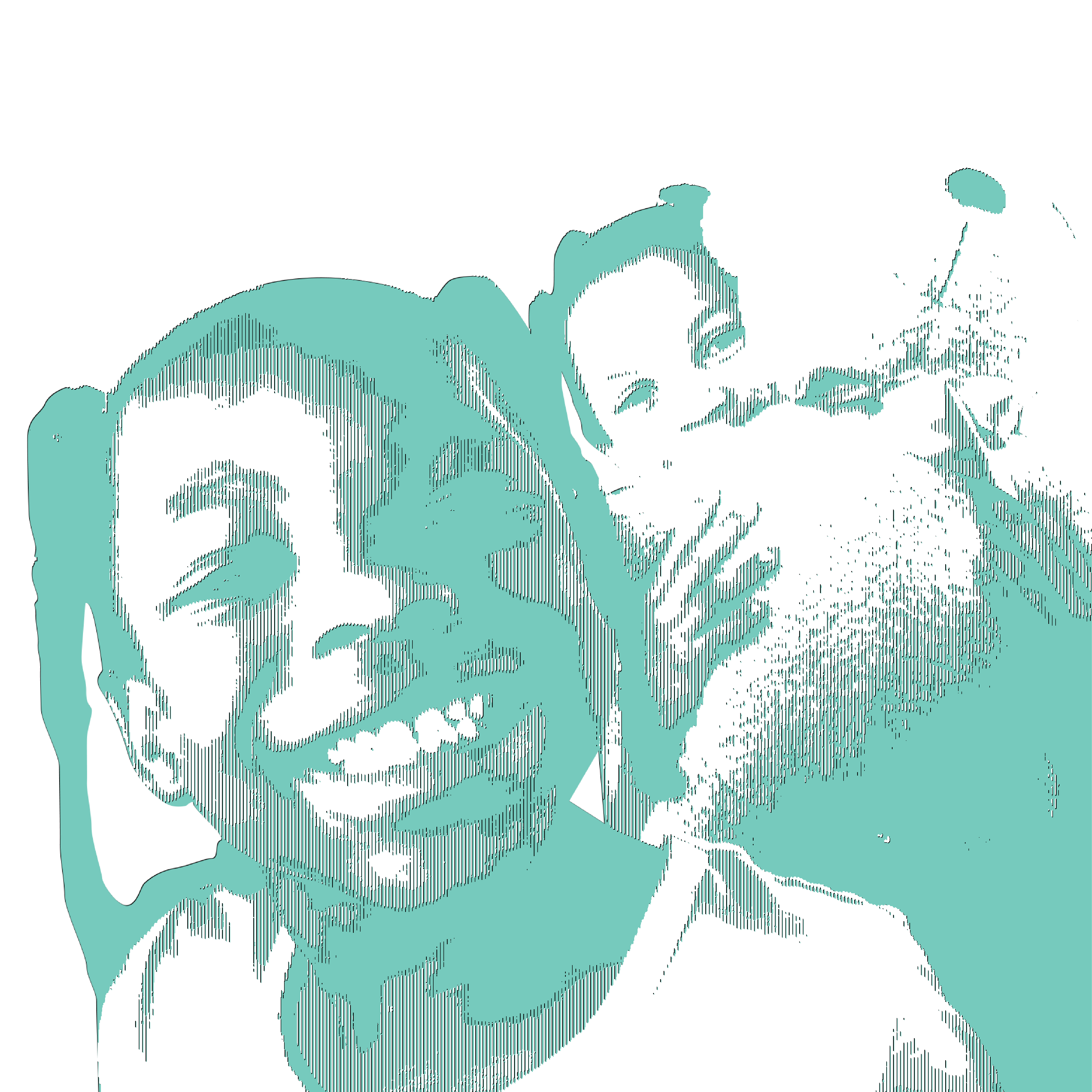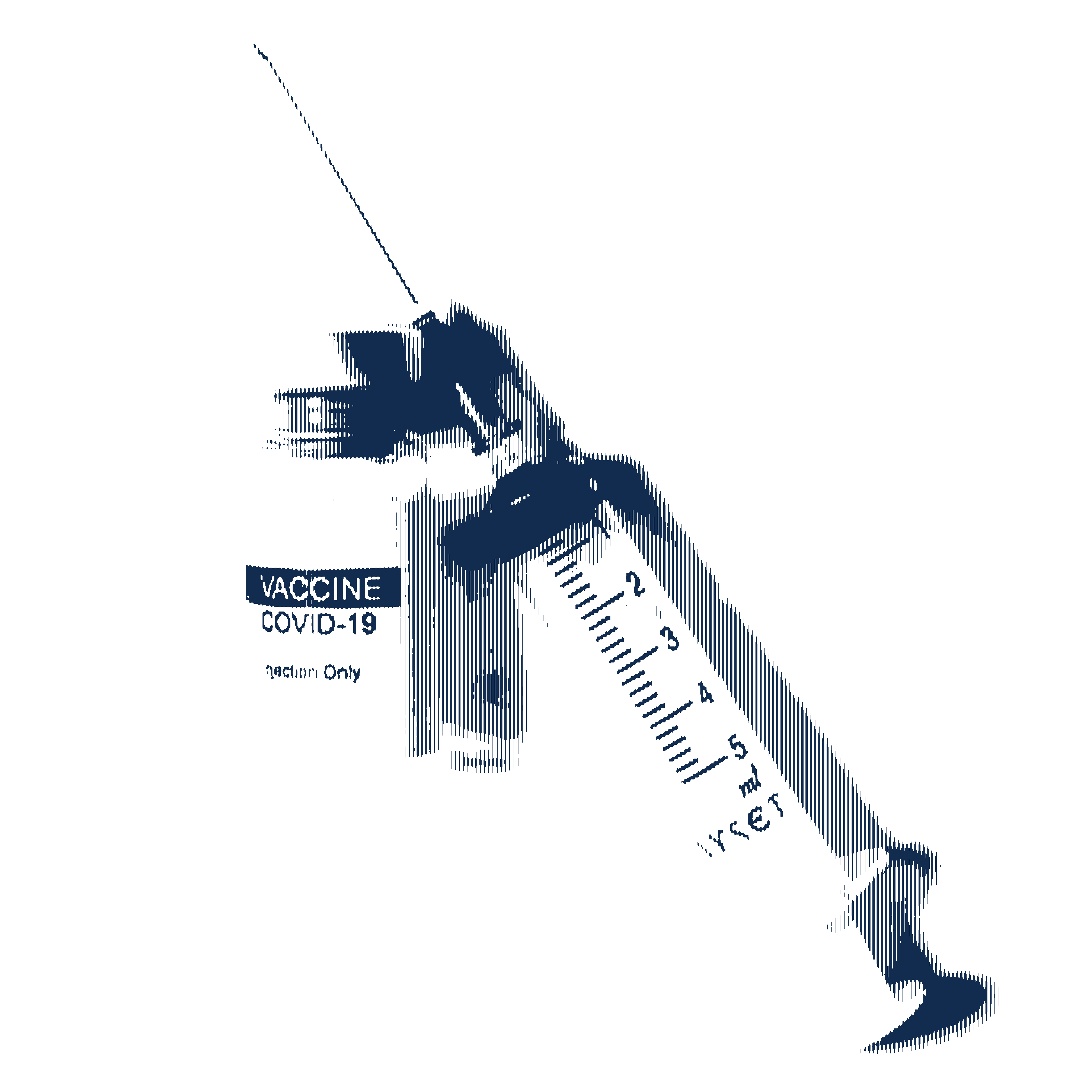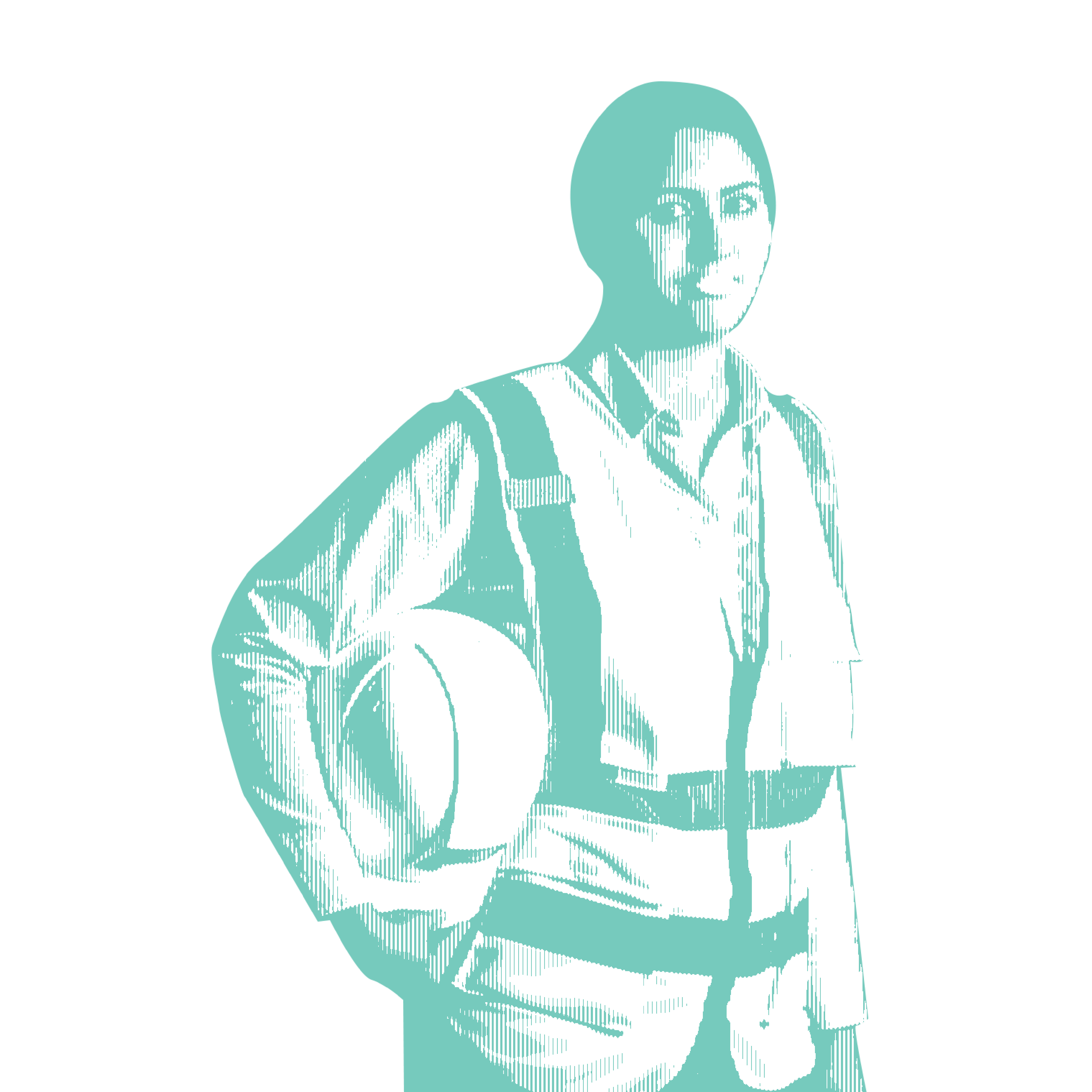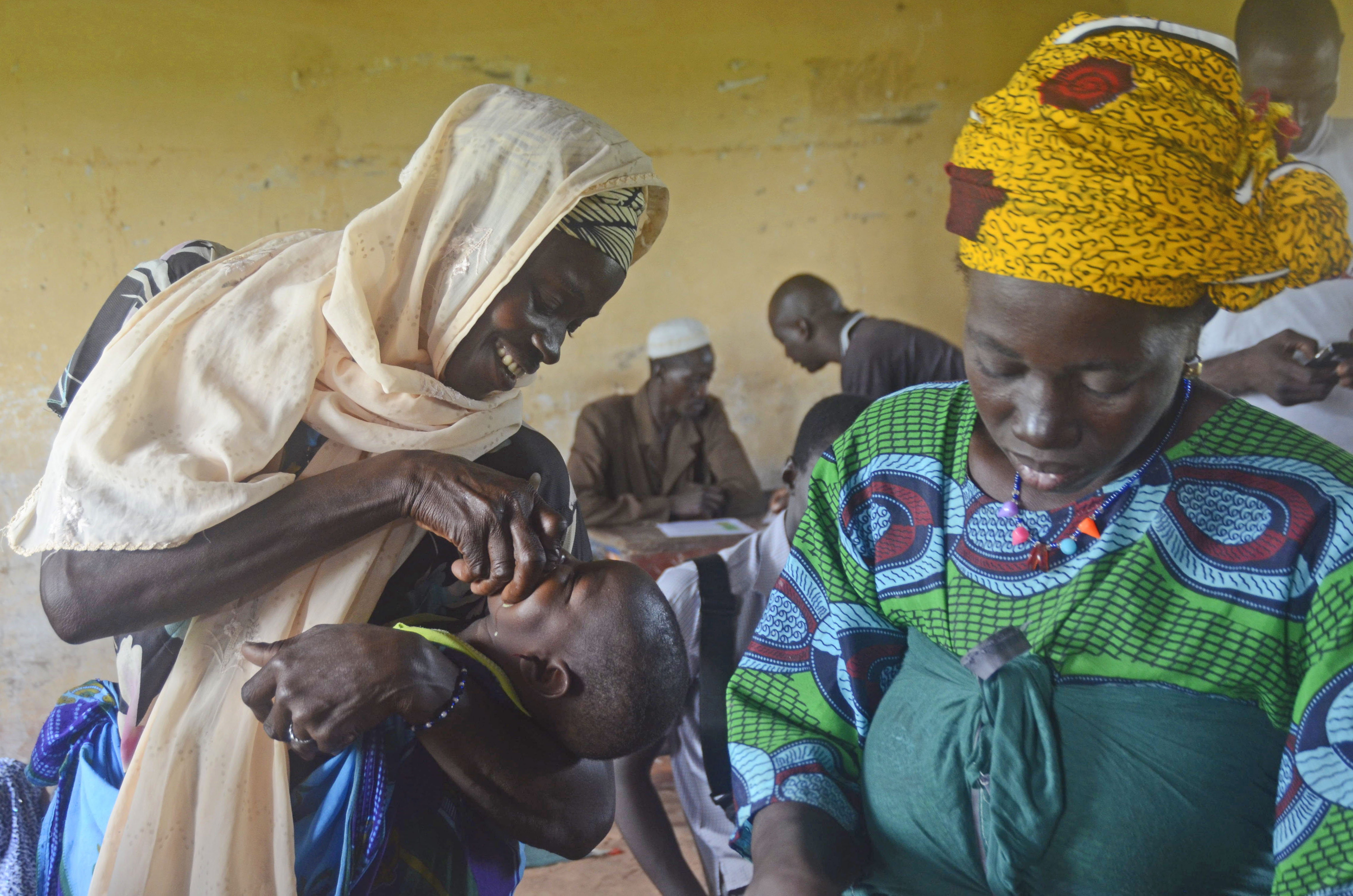
When I stepped into the schoolhouse, I instinctively tucked my camera back inside its case. Health workers had taken over its one room for the day, and a ritualistic exchange of greetings gave way to tense silence. The health workers were upset. They refused to hand out malaria medicines as dozens of children and mothers awaited the drugs just outside the concrete walls. The men in the group spoke in a Bambara dialect to Louka Coulibaly, a Malian medical supervisor hired by Doctors without Borders, or Médecins Sans Frontières. From what I gather, MSF agreed to pay them for one day of work but they felt there were too many children to treat in a single day. In this village of southeast Mali, 750 healthy children under age five sought malaria drugs to prevent the disease. Flies drifted among our feet. Ants scurried out of holes in the cracked concrete floor. Curious eyes stared in from the open windows and doorway, but onlookers were quiet as the men debated calmly. In this kind of heat, shouting is a foolish waste of energy.
After what seemed like an hour, an agreement was reached. One of the men nodded and immediately, women poured in with their children in tow. Silence gave way to a cacophony of conversation, and children stood wide-eyed, preparing to swallow a yellow liquid that would protect them from malaria—the leading cause of death in sub-Saharan Africa.
A decade of research has led to this day, and days like it during the past few months. Last year, the World Health Organization (WHO) finally recommended [pdf] the preventative approach, called seasonal malaria chemoprevention (SMC), in African regions where malaria is common and strictly seasonal. Until then, health officials said that people living in malaria endemic areas should refrain from swallowing drugs prophylactically like tourists do, because of the risk of side effects and drug resistance.
These authorities changed their tune because of several clinical trials suggesting that the costs of chemoprevention were worth the benefits of chemoprevention. Giving old antimalarial drugs to children throughout the rainy season has the potential to prevent 8.8 million cases of malaria and 80,000 deaths every year, according to one report. Today, Nature published my feature on this public health debate and the future of this potentially historical intervention.
Day to day, SMC meets obstacles as it unfurls in Mali, Togo, Chad, Niger, Nigeria and Senegal. The problems mainly stem from a lack of money, human resources and organization—all the expected challenges in some of the poorest nations in the world.
Before I visited Mali to watch an SMC campaign led by Doctors without Borders and the Malian government in the southeastern district of Koutiala, I assumed the rollout would be simple. Around the first of each month, children merely have to swallow one pill called "SP" and another, known as amodiaquine, dissolved in water, and then take two more doses of amodiaquine on the next two days.
But it's not simple to reach people who don't own cars. And as far as I can tell, the few cars in Koutila belong to international aid groups. Rather than deliver the drugs themselves, Doctors without Borders hired 1,400 local health workers to reach 160,000 children scattered throughout Koutiala in villages far from paved roads. Other campaigns likewise hire locals, but finding, training and supervising them for just one day each month is nontrivial. During the rest of the year, many of these health workers provide basic services to their villages without pay, so there's no pay roll or formal documentation of who they are and when they are available to help with SMC. "We need to find the people who do everything," says Peter Ehizibue Olumese, a malaria expert at the WHO, "and be sure to keep them in the health system," so that they can repeatedly help with the campaign and other efforts.
Then there's the issue of the pills. Babies must take half the dose given to kids older than one, but hundreds of thousands of pills must be manually cut in half before each rollout. It's a massive waste of time, and a waste of the medicine when the pills crumble. Also, the pills taste bitter and during my three days with Doctors without Borders I watch some children cough up the yellow liquid. Mothers scrape their fingers along their children's faces, forcing the substance back into their kids' pouting mouths, but some will spit it back up no matter how much scolding they receive.
Finally, drug resistance remains a specter lurking in the background. In the not-too-distant future, malaria parasites will develop mutations that allow them to survive the drugs because they're being given on such a large scale. "Drug resistance is a fact of life if you believe in evolution," says Brian Greenwood, a malarialogist at the London School of Hygiene and Tropical Medicine who studied and advocated for SMC. Already, the intervention won't work in countries where resistance to the drugs is widespread.
However, in the short-term, SMC is undoubtedly the best hope for thousands of parents who want their children to live and prosper. As it rolls out, staff at the Medicines for Malaria Venture (MMV), hustle to make improvements. "First, the drug regimen needs to be simplified," says Aleksandra Misiorowska, the associate director of MMV. Specifically, the organization partners with pharmaceutical companies to create versions of SP and amodiaquine that taste better and that come in baby-sized doses. Next, they are exploring alternative regimens that would work once resistance spreads. "If you want to continue with SMC," she says, "eventually, the drugs will need to be replaced."
Alternative drugs might also help nations like Uganda and the Democratic Republic of Congo where SP and amodiaquine no longer cure the disease. Grant Dorsey, a malariologist at the University of California in San Francisco, would love to see chemoprevention come to Uganda, which claims one of the world's highest rates of malaria. But for now, there's only one key drug for the problem, and health officials aren't about to jeopardize it. "Kids get malaria six times per year here," Dorsey says. "It's a desperate situation."
Another decade may pass before novel drugs or a highly effective malaria vaccine comes along, so in the interim, experts are pushing against all the obstacles in their path to reach 21 million children who could benefit from the intervention. "We have a narrow window of opportunity while the drugs still work," Olumese says. "If we don't implement quickly and effectively, SMC will not be an option anymore."
Weary health workers and crying children slowed down the rollout on the days I watched it, but they also signaled that this intervention, which took a decade to become policy, is finally real. This year, approximately 1.1 million children swallowed the drugs. I watched a few dozen, and the look on their mothers' faces told me that despite the ripples, this campaign is exactly what they want.
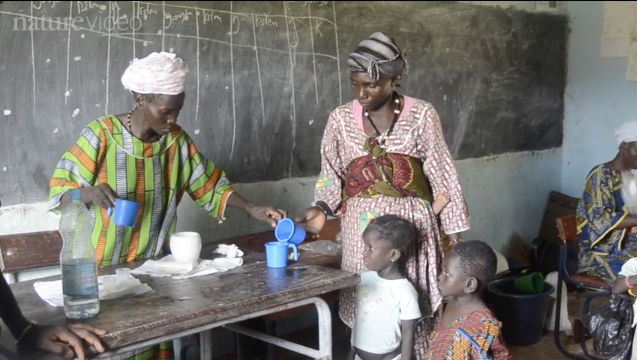
Education Resource
Amy Maxmen on Malaria Prevention in Mali
In 2013, more than one million African children repeatedly took malaria medicines to prevent the...


